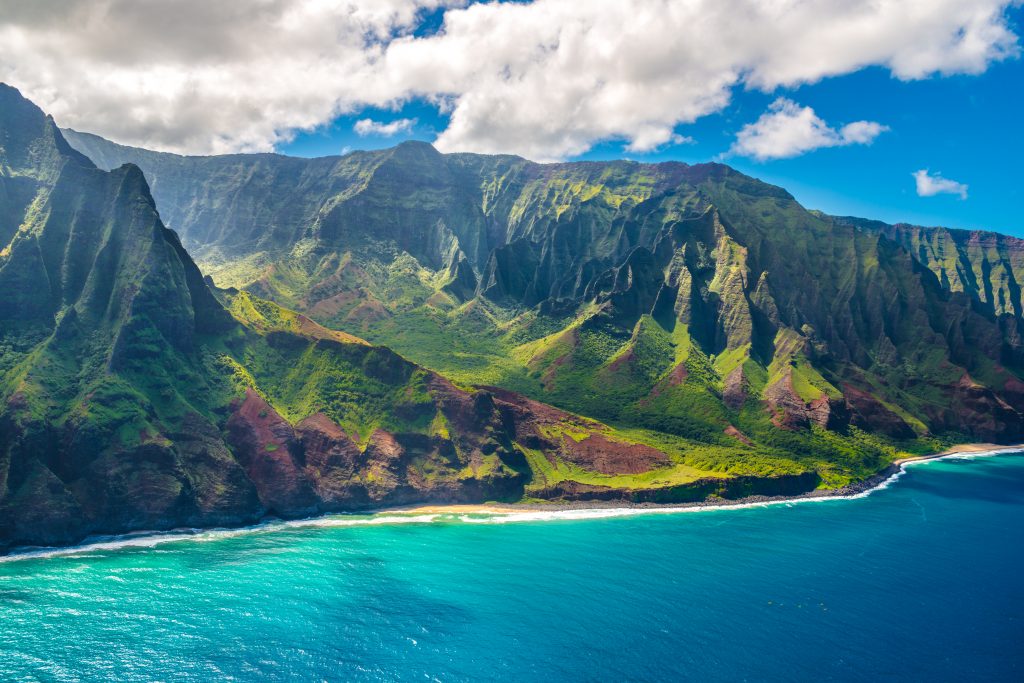Pay-As-You-Throw Revisited in Hawaii
A pay-as-you-throw bag-tag rubbish program could be revisited after it was rejected first in 2009 and again in 2015.
The Solid Waste Advisory Committee, a group convened every decade to update the county’s Integrated Solid Waste Management Plan, is again recommending a program where people would have to purchase tags or stickers to throw away garbage at county transfer stations and landfills.
The committee on Wednesday began sifting through the first 93 recommendations from the 2009 plan, to update old recommendations, strike through obsolete ones and perhaps begin adding new ones.
As the county moves toward its stated goal of zero waste, giving people incentives to reuse and recycle rather than throwing out so much trash has to include a mix of policies, the committee said. Several committee members said that has to include making it easier and cheaper to recycle rather than simply toss it in the trash.
“I think this is so critical. … We’ve got to find a way,” said committee member Barbara Bell, who was director of the Environmental Management Department during Mayor Harry Kim’s first term in the early 2000s. “We’ve been talking about it since the mid ’90s. …This makes it another 10 years.”
Trash disposal at transfer stations is currently offered free to residents, while commercial rubbish haulers pay tipping fees at the landfill. The program is heavily subsidized by property taxes, which means some people end up paying for trash disposal twice — first in their property taxes, and then if they subscribe to curbside or dumpster services.
Some $11.6 million in the annual budget comes from landfill permit fees and tipping fees, while $19.3 million comes from the general fund, primarily from property taxes. State recycling grants count for the rest of the $36 million budget.
“We’re probably the most generous county in providing services,” Environmental Management Director Bill Kucharski said Thursday. “Property taxes are our revenue source rather than direct user fees.”
Kauai, for example, implemented a paid trash pickup system in 2015. All Kauai property owners pay a $6 monthly base fee that covers dumping at transfer stations and landfills. Residents on curbside pickup routes pay an additional $12 monthly if they use a 96-gallon trash cart and $4 a month if they use a 64-gallon trash cart.
Kucharski said Hawaii County’s next step will be to create stronger littering laws and a way to enforce them. He’s currently working with Corporation Counsel to find the best approach before coming to the County Council with suggestions for code changes.
“You can’t have a rule with no enforcement and just hope that there’s going to be compliance,” Kucharski said.
Committee member Steven Araujo was on the same page.
“There needs to be some kind of strategy where we’re not going to see rubbish in the bushes,” Araujo said.
Committee Vice Chairman Alan Okinaka preferred the carrot over the stick, saying a proactive campaign could help get people enthusiastic about alternatives to simply throwing stuff out.

